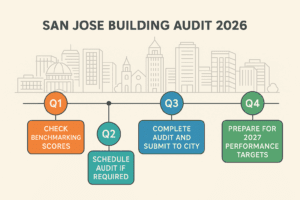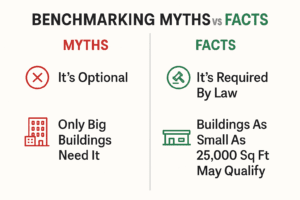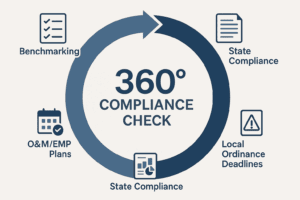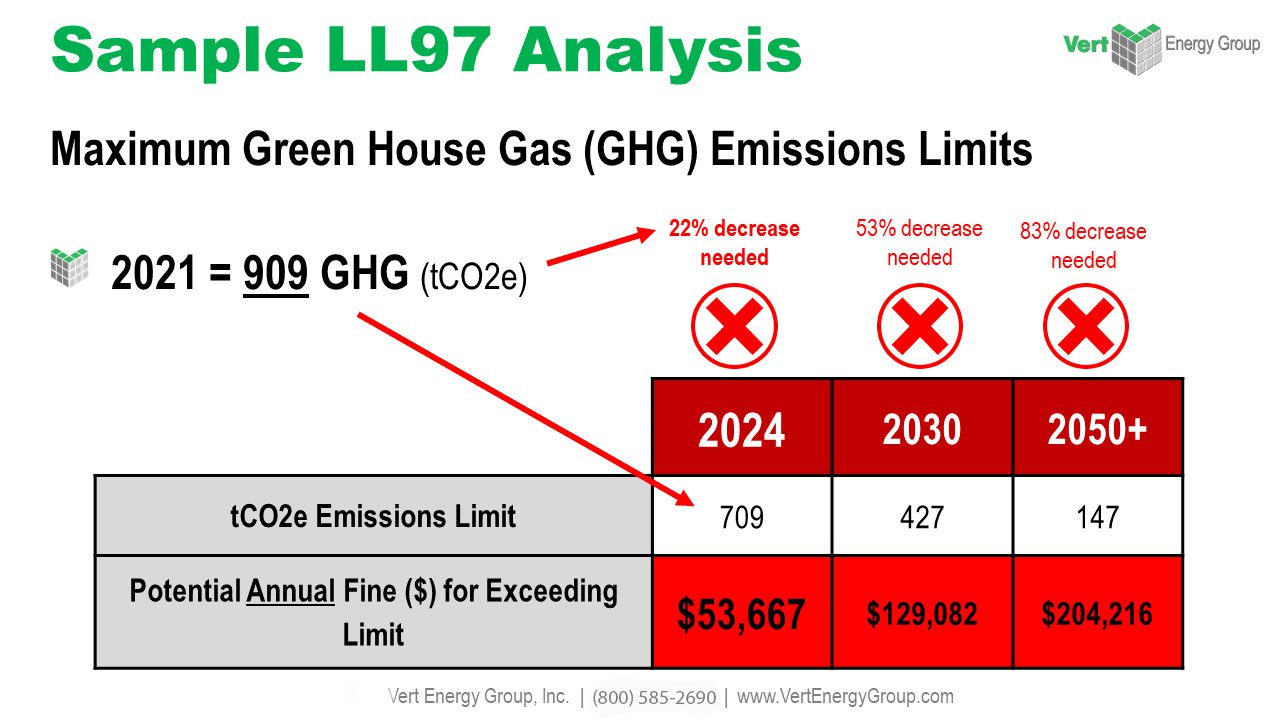Introduction
In an era marked by heightened environmental awareness and a push for sustainability, the landscape of building management is undergoing a significant transformation. Central to this transformation are benchmarking laws, which have emerged as pivotal tools for driving energy efficiency and promoting sustainable building practices. These laws, requiring regular assessment of building performance metrics, are reshaping how buildings are managed, maintained, and optimized.
Current State and Importance of Benchmarking Laws

The modern building management sector is not only focused on operational efficiency but is increasingly aligned with environmental sustainability objectives. Benchmarking laws play a crucial role in this context by establishing standards against which buildings’ energy usage and other performance metrics are measured. This regulatory framework is essential for promoting transparency and accountability in energy management, which in turn fosters a competitive environment where optimal performance and sustainability are prized.
A Brief History of Benchmarking in Building Management
Benchmarking in building management has evolved from rudimentary comparisons of energy usage to sophisticated analyses encompassing a broad spectrum of sustainability metrics. This progression reflects a broader global commitment to environmental stewardship and sustainability. Initially, these measures were voluntary and primarily adopted by pioneers and green-conscious corporations. However, as the impact of climate change has become more apparent, governments worldwide have moved to codify these practices into law, making them mandatory.
Preview of Blog Content
This blog post will explore the anticipated future of benchmarking laws beyond the year 2025, highlighting the technological innovations that are poised to redefine the field of building management. We will discuss the implications of these developments for building managers and delve into how AI in energy management, smart building technology, and other advancements will influence future regulations and compliance requirements.
Understanding Benchmarking Laws
Definition in Building Management Context
Benchmarking, within the realm of building management, involves comparing a building’s key performance metrics, such as energy efficiency, water usage, and waste management, against established standards or peer entities. This process is crucial for identifying underperformance, setting improvement targets, and strategizing operational enhancements.
Global Overview of Existing Benchmarking Laws
Across the globe, various benchmarking laws have been enacted, reflecting different regional priorities and environmental challenges. In the European Union, the Energy Performance of Buildings Directive (EPBD) mandates the assessment and improvement of building energy performance. Similarly, in the United States, cities like New York and San Francisco have implemented local ordinances that require large buildings to annually measure and report their energy and water consumption.
The Purpose and Benefits of These Laws
Benchmarking laws serve multiple purposes: they promote energy conservation, reduce operational costs, and mitigate environmental impact. For businesses, compliance is not only about adhering to regulations but also about realizing cost savings and enhancing the marketability of their properties. Environmentally, these laws are instrumental in reducing greenhouse gas emissions and contributing to broader sustainability goals.
Global Trends in Benchmarking Laws
Leading Countries and Case Studies
Countries like Germany and Japan exemplify the successful implementation of benchmarking regulations. Germany, for instance, has integrated stringent energy efficiency measures into its building codes, which has significantly reduced energy consumption in the building sector. [Explore this case study on Germany’s benchmarking success].
Innovations in Benchmarking Tools
The advent of smart building technology and the Internet of Things (IoT) has revolutionized the tools available for benchmarking. Modern buildings equipped with smart sensors can continuously monitor various metrics, providing data in real-time. This capability allows for immediate adjustments and more precise compliance with benchmarking standards.
Comparative Effectiveness of Different Laws
The effectiveness of benchmarking laws can vary significantly based on their stringency and the compliance mechanisms in place. Jurisdictions with robust enforcement and clear incentives for compliance generally see more substantial improvements in building performance metrics. [This comparative analysis] offers insights into how different regions are leveraging digitalization to enhance energy efficiency.
Predictions for Benchmarking Laws in 2025 and Beyond
Anticipated Changes in Regulations
Looking ahead to 2025 and beyond, it is likely that benchmarking laws will become even more stringent, incorporating a broader range of sustainability metrics. As global environmental targets become more ambitious, such as those outlined in the Paris Agreement, regulatory frameworks will need to evolve to ensure that building practices align with these goals.
Technological Advancements Shaping Future Laws
IoT and Real-Time Data
The integration of IoT in building management systems enables dynamic and continuous monitoring of performance metrics. This technology facilitates not only compliance but also allows for proactive management of building systems to optimize performance in real-time.
AI and Machine Learning
AI in energy management is transforming how predictions and decisions are made concerning building operations. AI algorithms can analyze vast amounts of data to identify patterns and predict future conditions, enabling more efficient resource use and cost savings.
Blockchain for Transparency
Blockchain technology offers a novel means of enhancing transparency in compliance reporting. By securely recording data exchanges on a decentralized ledger, blockchain ensures the integrity of data used for benchmarking purposes, making it easier to verify compliance and enforce regulations.
Socio-Economic Factors Influencing Law Formulation
As new benchmarking laws are crafted, it will be crucial to consider their socio-economic implications. Regulations must be designed to be equitable, avoiding undue burdens on economically disadvantaged communities while promoting widespread adoption of sustainable practices.
Challenges and Opportunities
Barriers to Implementation
The transition to stricter benchmarking laws is not without challenges. Economic barriers, such as the cost of technological upgrades and retrofitting, can be significant. Additionally, technological disparities between regions can affect the uniformity and fairness of law enforcement.
Opportunities Arising from Enhanced Regulations
Despite these challenges, stricter regulations present substantial opportunities. They spur innovation in the development of green building certifications and building management systems, leading to more intelligent, efficient, and sustainable buildings. These advancements not only reduce operational costs but also enhance the living and working environments for building occupants, contributing to higher satisfaction and productivity.
Preparing for the Future
Strategies for Building Managers
For building managers, staying ahead of regulatory changes is crucial. This involves investing in technology upgrades, participating in continuous education, and engaging with industry developments. Proactive involvement in shaping future regulations through dialogue with policymakers can also yield beneficial outcomes.
The Role of Educational Institutions
Educational institutions have a critical role to play in preparing future building managers to meet upcoming challenges. Updated curricula that incorporate the latest in sustainability practices, technology, and regulatory compliance are essential for equipping new entrants to the field with the necessary skills and knowledge.
Conclusion
As we look toward the future, it is clear that benchmarking laws will increasingly influence the field of building management. For industry professionals, adapting to these changes is not optional but essential for success. By embracing technological innovations, engaging with the evolving regulatory landscape, and committing to continuous improvement, building managers can lead the charge toward a more sustainable and efficient future. The proactive adaptation to benchmarking laws not only ensures compliance but also positions properties at the forefront of the market, ready to meet the demands of an eco-conscious clientele.
By investing in education, technology, and sustainable practices, building managers can not only meet the challenges posed by new benchmarking laws but also capitalize on the opportunities they present. The future of building management is bright for those who are prepared to innovate and adapt.
VertPro.com offers tools and services to help property owners and managers improve building energy efficiency and meet regulatory standards. Whether you’re looking for instant pricing on energy audits, need support with benchmark compliance, or want to explore available building upgrade options, VertPro® provides user-friendly technology solutions to simplify the process. Their platform helps ensure adherence to over 60 Energy Benchmarking and Efficiency Laws across the country.
For those looking to improve their property’s energy usage and operational value, VertPro.com provides a diverse array of tools and information. The site aims to facilitate a better understanding of energy efficiency practices and legislation, helping building owners and property managers make informed decisions about their energy strategies while complying with all energy ordinances and laws.
If you’re looking to stay ahead of the curve in building management and ensure your properties meet the future benchmarking laws, we’re here to help. Fill out our contact form [here], and one of our experts will get in touch to discuss how we can assist you in optimizing your building management strategies for 2025 and beyond.
